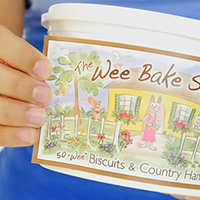
It’s important to understand what type of label adhesives are available and how they differ. Within the pressure-sensitive adhesive category, there are three main classifications: permanent, removable, and repositionable.

A label material we use often for these types of products is white pearlescent polypropylene, a semi-conformable film. Often, high-pressure processing is used in place of heat pasteurization for juices and we also have labels that can be used with this process, such as white BOPP film with UV gloss lamination which has excellent moisture resistance.
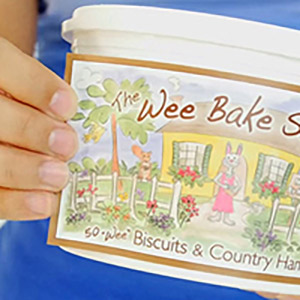
Label adhesives are available in different strengths but there are factors outside of the adhesive that can affect its performance – in particular, the surface that the adhesive comes into contact with is crucial to how it will perform. Why label adhesives perform differently on different surfaces is due to the composition, texture, shape, cleanliness, and temperature of the surface.
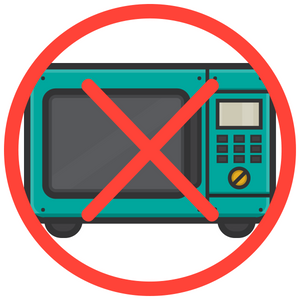
Pressure sensitive adhesives (aka ‘self-stick’ adhesives that don’t require solvents or heat to activate the adhesive) shouldn’t be used in the oven or microwave for a couple of reasons.

If your labels will be used for a short period of time, such as within six months, the majority of label materials will work for your application. On the other hand, if your labels will be outside, or face extreme conditions (freezing temperature, chemical exposure, etc.), or need to last for years, then it’s important to let us know so we can select a label material with a service life that fits your labeling needs.

There are several possibilities that can explain why your label is curling up, fortunately, most of them are relatively easy fixes: your label material may be too thick or stiff, your container shape is tricky to label, you’re not using a permanent label adhesive, or your label has square corners.
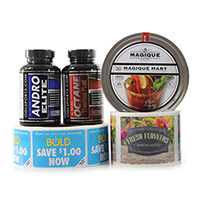
If you’re running into the issue of your label not sticking to the container or application surface, there are several reasons why this is happening and what you can do to fix it. Variables like container cleanliness, texture, shape, temperature, and environment can affect how well your adhesive works.

Bottle flaming is an in-line surface treatment for caps, bottles, and lids to ensure that labels will not peel off before the label comes to the end of its lifespan. This treatment is used for bottle materials that are “chemically inert” and won’t bond with glue.

Hand applying labels is an easy and affordable method but it isn’t exactly practical for applying large label quantities. If you’ve done any research into labeling equipment, you’ll find that suppliers offer different equipment types according to price, container abilities, speeds, configurations, and more. Before you buy anything, it’s helpful to learn your options to help you make a more informed purchase decision.
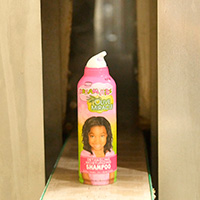
We don’t recommend applying shrink sleeves with a blow dryer, heat gun, microwave, or shrink wrap tunnel because shrink sleeves need to be applied with a uniform spread of heat.